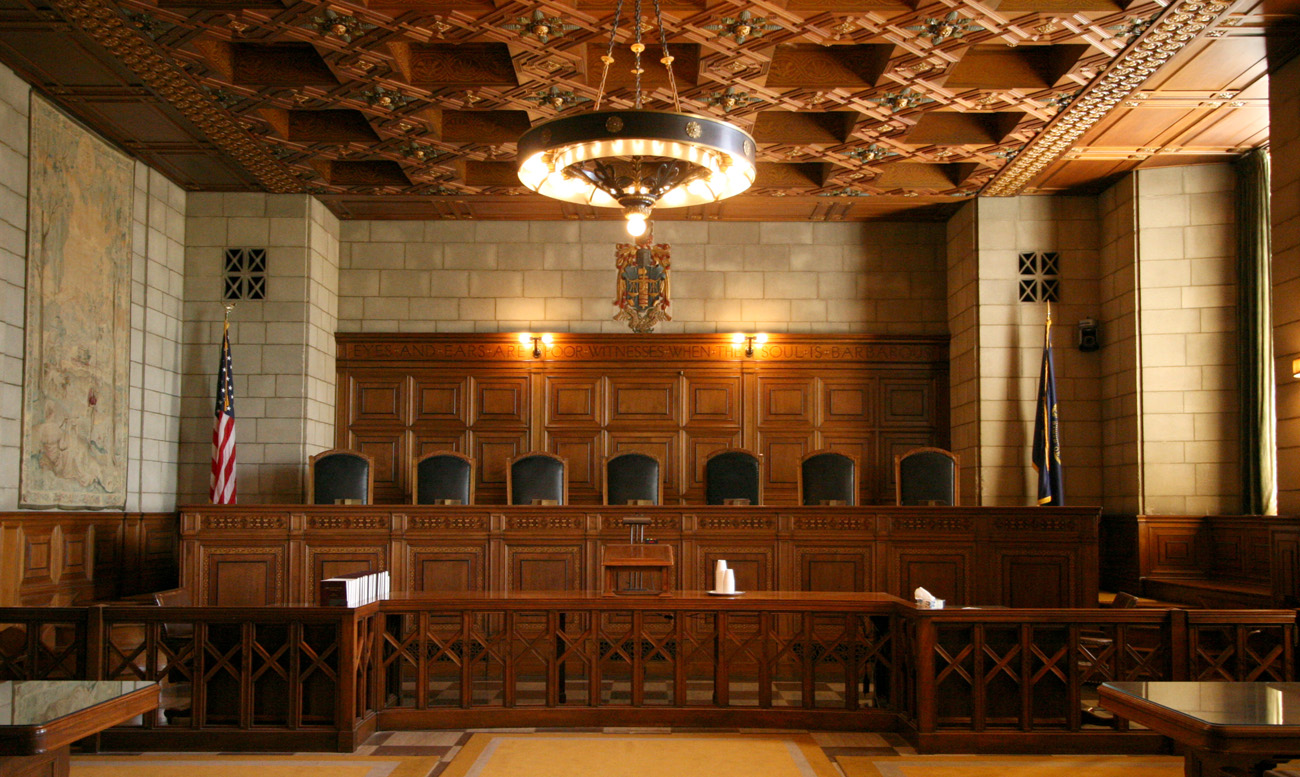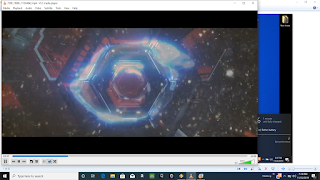When does the California Supreme Court of California update case information?
Proceedings in the California Supreme Court A party who does not like the outcome in the Court of Appeal can seek further review by the California Supreme Court. This is done by a petition for review, which is a document that resembles a brief. The main job of the California Supreme Court is to promote justice by overseeing
How often does the California Supreme Court grant review of cases?
Sep 30, 2020 · The California Supreme Court issued 77 majority written opinions during the September 2019–August 2020 court year (see "High-Profile Cases" below). The court considered 6,455 filings, including 3,682 petitions for review from California’s six appellate court districts. The court acted on an average of 170 matters at each petition conference ...
Does citing unpublished decisions violate California rules of court?
The most difficult appellate challenge in California is obtaining Supreme Court review of your case. First, the Supreme Court accepts only five percent or less of all cases submitted for review. Second, a successful petition for review addresses issues radically different from the issues that lawyers routinely address in the trial and appellate ...
What is the oral argument calendar for the California Supreme Court?
Feb 15, 2022 · Guererro previously served as a Superior Court judge in San Diego County from 2013 to 2017 and as an assistant U.S. attorney in the U.S. Attorney’s Office for the Southern District of California ...

How do I remove an attorney from a case in California?
In such circumstances, the attorney(s) seeking to withdraw should complete and file a “Request for Approval of Substitution or Withdrawal of Counsel” (Form G-01) and submit a proposed “Order on Request for Approval of Substitution or Withdrawal of Counsel” (Form G-01 Order).
Are appeals to the California Supreme Court automatically reviewed?
The state Constitution gives the Supreme Court the authority to review decisions of the state Courts of Appeal (Cal. Const., art. ... Under state law, these cases are automatically appealed directly from the trial court to the Supreme Court (Pen. Code, § 1239(b)).
What is the attorney's oath in California?
“I solemnly swear (or affirm) that I will support the Constitution of the United States and the Constitution of the State of California, and that I will faithfully discharge the duties of an attorney and counselor at law to the best of my knowledge and ability.
How long does a California Supreme Court justice serve?
12 yearsSupreme Court of CaliforniaAuthorized byCalifornia ConstitutionAppeals toSupreme Court of the United StatesJudge term length12 years; renewableNumber of positions79 more rows
How often does the California Supreme Court grant review?
The chance of getting review is small Only 15 to 30 percent of the “grants” involve unpublished opinions, yet about 88 percent of Court of Appeal opinions are unpublished.
Why does the Supreme Court adhere to the 30 minute rule?
why does the supreme court adhere closely to the 30 minute oral argument rule? they have heavy case loads and it guarantees everyone a fair time before court.
Who can swear in a new attorney in California?
It's not only a notary or a judge who can administer the oath in California. Bar rules allow state lawmakers, county officers and their deputies, mayors, and the “clerk of any court of record,” but not lawyers. Even a shorthand court reporter is authorized to do it, among others.Apr 3, 2020
How do lawyers get sworn in in California?
Taking the attorney's oath is not just a ritual. It is required for admission to practice law in California. You may take the oath at an in-person or virtual group swearing-in ceremony organized by your law school, local bar association, or through another group.
Do attorneys take a Hippocratic oath?
One of the primary pledges in the Hippocratic Oath is, ... Attorneys would do well to take a page from Hippocrates for their own legal ethics and be more mindful to do more good than harm. A lawyer is wise to balance zealous advocacy against the harm it can cause.Feb 27, 2020
What is the limit on how many terms a California judge or justice can serve?
Judicial selection in CaliforniaTerm:12 yearsCalifornia Superior CourtsMethod:Nonpartisan election of judgesTerm:6 years6 more rows
Do California Supreme Court justices serve for life?
An appellate or supreme court justice confirmed by the Commission must then be confirmed by voters at the next general election. ... California's state appellate justices receive appointments for a specific term and never receive a life-long appointment.
Who is the youngest Supreme Court justice?
Story was the youngest justice appointed to the Supreme Court; he was 32 when commissioned to the court in 1811. Story was one of two justices nominated to the Supreme Court by President Madison.
What was the most significant change in the California Supreme Court?
For the California Supreme Court, one of the most significant transformations was hearing oral argument remotely for the first time in its history.
What is the new jury selection work group?
The court charged the work group with assessing possible reforms to guard against impermissible discrimination in jury selection and better ensure juries represent a cross-section of their communities.

Popular Posts:
- 1. how to make a durable power of attorney in oregon
- 2. what power does power of attorney give you
- 3. how to find out if you have been reported to the attorney grievance commission
- 4. how do you research an attorney
- 5. why would my attorney ask me not to talk about case
- 6. if you owe money to the ohio attorney general and child support who gets money first
- 7. how to redeem a series ee bond with a power of attorney
- 8. how to get power of attorney in ok
- 9. what do milleniuals look for in attorney
- 10. how do i get power of attorney over my mother who is incapacitated